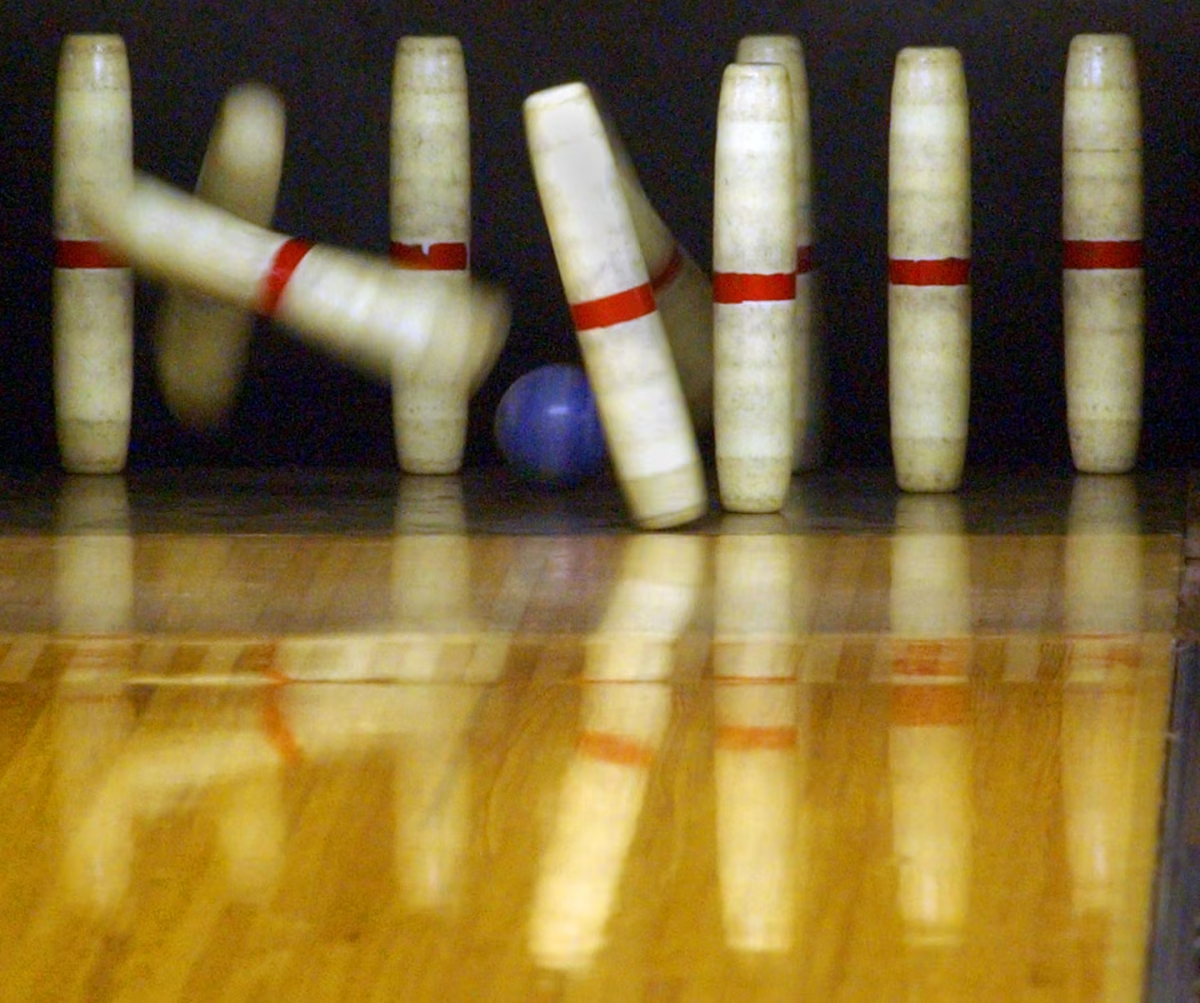
With the rush of midterm exams and essays that need to be finished before spring break, this next week and a half is a time of high stress for many students.
While some stress is crucial in keeping us motivated and focused, over a long period of time, chronic stress wears down the body and mind. It is important to keep this anxiety in check in order to perform and feel our best.
Unfortunately, with little sleep and a lot of anxiety, it can be difficult to find the time, energy or means to relax yourself while still juggling everything else life has thrown at you. Of course, positive lifestyle changes, such as exercising regularly, thinking positively and strong time management skills can all help keep the stress to a minimum.
If you are not already in the habit of practicing these, however, and don’t have the time to implement a new lifestyle routine before spring break, simply focusing on your breathing is a fast and easy trick to calm down your body and mind before a big exam, paper or interview.
Have you ever noticed yourself breathing differently when afraid or panicked? In much the same way, we breathe differently when we are relaxed and calm. When you sleep, for example, your breath is much deeper and slower than right before you are anticipating asking someone on a date.
Pranayama, or breathing exercises, allow you to actively control your breathing, in turn allowing you to more readily control your emotions. Breathing techniques to help you calm down and relax can be done quickly and nonchalantly, making them ideal for a test setting when you feel anxiety coming on as the papers are being handed out.
The first breathing exercise for relaxation is called Sama Vritti, or “equal breathing.”
As the name implies, the duration of the inhale and exhale is identical. Choose a number that you will count up to during your breathing. If you are just beginning this practice, a good number to start off with is four or five.
Inhaling through your nose, breathe in for whatever duration you set for yourself. Next, exhaling through your nose, breathe out for the same period of time. Repeat for however long you desire, but in a rush, just a few breaths should leave you feeling more relaxed.
While you do this exercise, it is important to try and focus on your breath itself, allowing your mind to settle. While this breathing can calm you down in a high-stress situation, it is also useful for falling asleep. Counting your breaths has the same effect as counting sheep, plus the added benefit of a relaxed mind and body.
Another great breathing exercise is called Nadi Shodhana, or alternate nostril breathing. This technique provides fast and effective results; however, it is a bit more noticeable than Sama Vritti.
Press the thumb of your right hand gently against your right nostril, closing it. Inhale slowly through your open left nostril. Before you exhale, take your thumb off of your right nostril and rotate your hand so that your pinky finger closes off your left nostril. Exhale through the now open right nostril. Inhale again through the right nostril, and before exhaling, switch sides.
Alternatively, you can take five breaths in and out through the right nostril and then then the left, rather than switch between each inhale and exhale.
After a minute, you should feel calm, yet focused.
Throughout the day, try to actively sit with good posture and breathe through your diaphragm, feeling the depth of the breath. This increased flow of oxygen to the body will give you more energy as you study, keeps you more present with the task at hand and less stressed.
So take a deep breath and power through those midterms.
Madeleine Jackman can be reached at [email protected].














